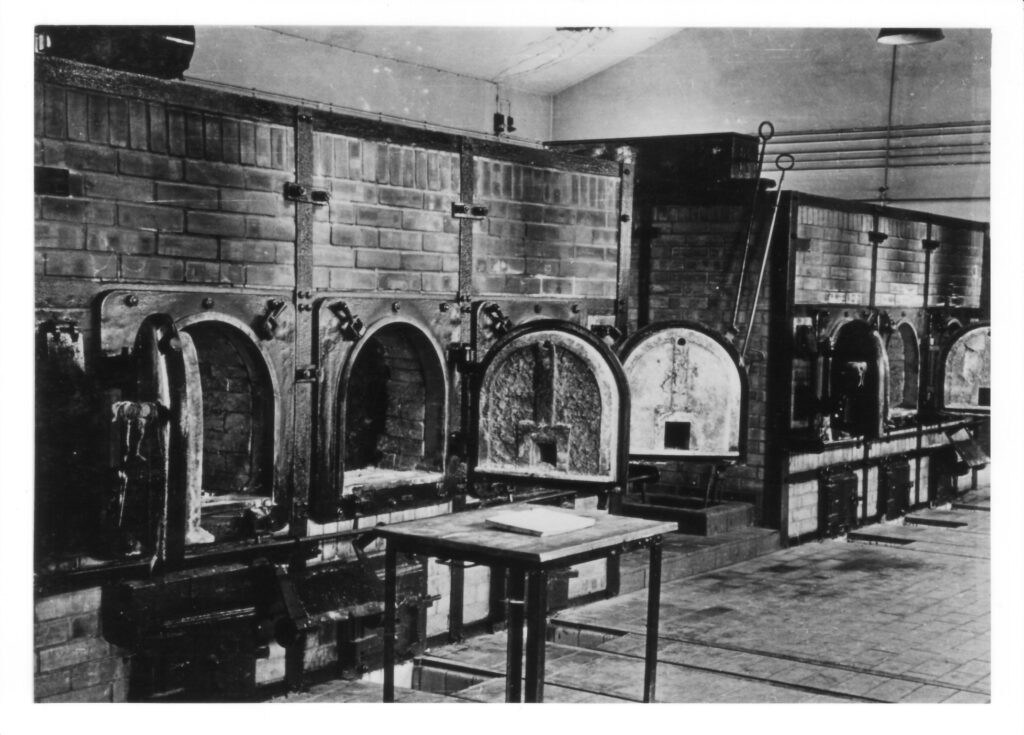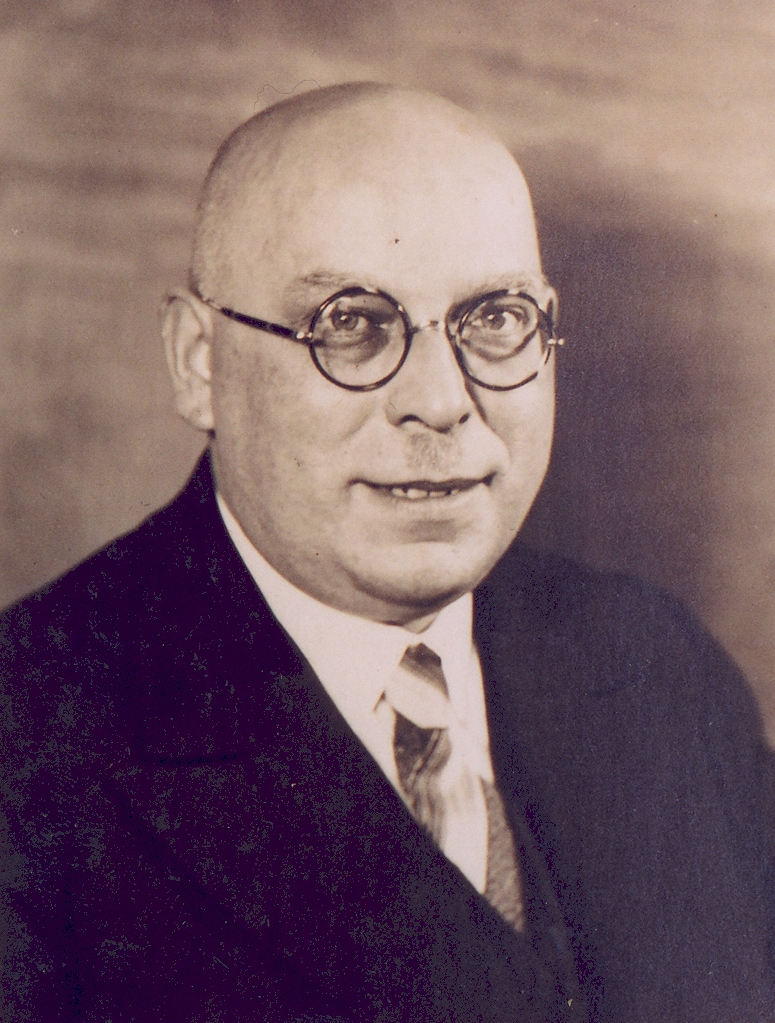Kurt Prüfer worked as an engineer at the company J. A. Topf & Sons in Erfurt. He made the development of corpse incinerators for concentration camps his specialty.
Kurt Prüfer had been designing cremation ovens since 1920. The greatest possible observance of the commandments of piety was particularly important to him: cremations should under no circumstances be reduced to the level of waste disposal. The construction of ovens for crematoria was a promising line of business. In the old-established company, however, it only represented a small fringe area. It brought the company little sales and limited commission for Kurt Prüfer. He was not satisfied with his income and his position in the company.
In 1939, the SS began building crematoria in the concentration camps. Kurt Prüfer, a member of the NSDAP since 1933, took this as a chance to distinguish himself as a specialist and improve his earning potential. The ovens he constructed for the SS were technically equivalent to incinerators for dead cattle. Notions of piety and the provisions of the cremation law no longer played a role for him, his superiors and the SS.
From 1939/40 ovens from the company Topf & Sons were in operation at Buchenwald Concentration Camp. Orders for other concentration camps followed. Dead prisoners were now incinerated like rubbish. In the course of the war, Kurt Prüfer constructed more and more powerful incinerators on his own initiative. The goal: burning as many corpses as possible in the shortest possible time, and eliminating evidence of crimes.
In 1942, two new furnaces, each with three combustion chambers, were put into operation in Buchenwald. For Prüfer, this was a success and he wanted to see financial recognition. He wrote to his superiors: “The ovens perform 1/3 more than I had planned in total. […] For this reason I would ask you to pay me the promised compensation as soon as possible.” The company also supplied ovens of the same type to the concentration and extermination camp at Auschwitz-Birkenau, where Prüfer oversaw the construction of the gas chambers and crematoria. His thirst for recognition showed neither limits nor scruples: in 1943 he submitted plans to the SS to speed up the mass murder process in the Birkenau gas chambers.
After the end of the war, Kurt Prüfer continued his work at Topf & Sons. In March 1946 he and other colleagues were arrested by Soviet officers for the crimes committed in Auschwitz. Two years later he was sentenced in Moscow to 25 years in a detention camp. He died in Soviet custody on October 24, 1952.

